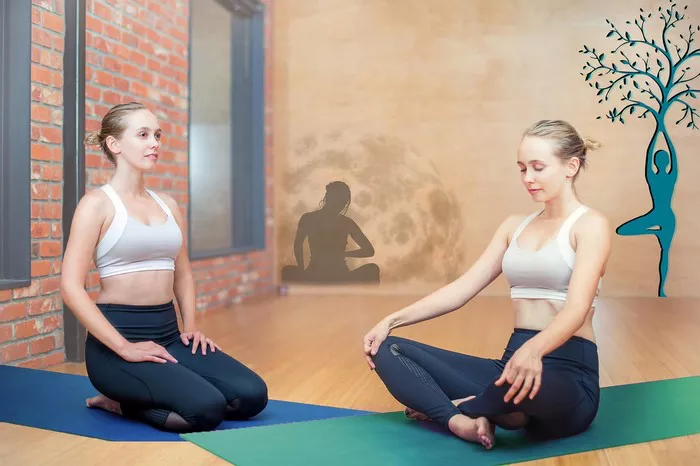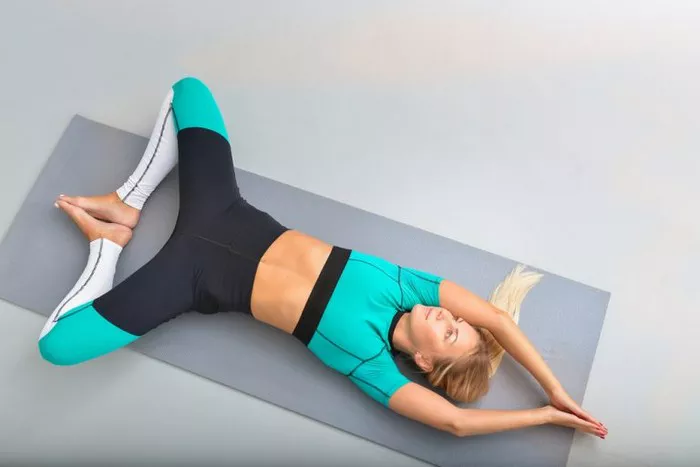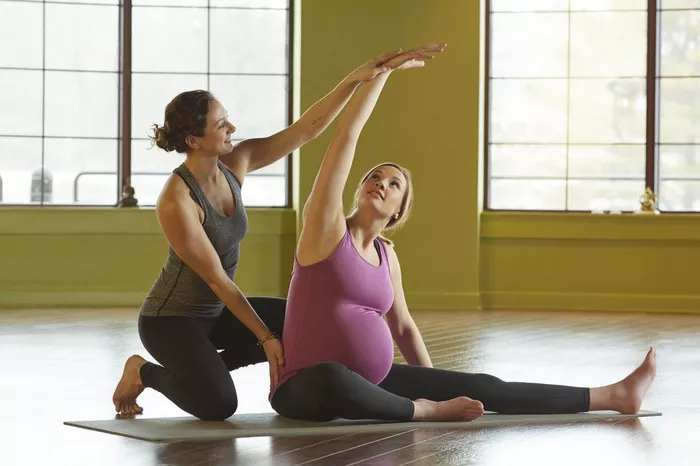Downward Facing Dog, or Adho Mukha Svanasana in Sanskrit, is one of the most well-known yoga poses. It is a staple in many yoga styles, from Hatha and Vinyasa to Ashtanga and Iyengar. This pose is often praised for its benefits, including spinal elongation, shoulder strengthening, and improved flexibility. However, some practitioners experience discomfort or pain in their back while performing Downward Facing Dog, leading them to question whether the pose is harmful to their spine.
So, is Downward Facing Dog bad for your back? The short answer is: not inherently. When done correctly, it can be highly beneficial for spinal health. However, poor alignment, pre-existing conditions, and lack of awareness can turn this beneficial pose into a source of strain or injury. In this article, we will explore the potential risks, common mistakes, and modifications to make Downward Facing Dog safe and effective for your back.
Understanding Downward Facing Dog
Downward Facing Dog is a full-body stretch that primarily targets the hamstrings, calves, shoulders, and spine. It also engages the core and promotes blood circulation to the brain. Here’s how to properly perform the pose:
Start in a Tabletop Position: Begin on all fours with your wrists directly under your shoulders and your knees under your hips.
Engage Your Core: Activate your abdominal muscles to support your lower back.
Lift Your Hips: Slowly straighten your legs while lifting your hips toward the ceiling.
Press Your Heels Down: While your heels may not touch the floor, the intention is to gently push them downward to stretch the hamstrings and calves.
Align Your Spine: Keep your spine long and neutral. Avoid excessive rounding or arching in the lower back.
Relax Your Neck: Let your head hang naturally between your arms to avoid neck strain.
When practiced with proper alignment, Downward Facing Dog helps decompress the spine and relieve back tension. However, improper form can lead to discomfort, particularly in the lower back.
Common Mistakes That Can Hurt Your Back
1. Overarching the Lower Back
One of the most common mistakes in Downward Facing Dog is excessive arching of the lower back (lumbar spine). This happens when the core is not engaged, and the ribcage flares out. Over time, this misalignment can lead to compression in the lower back and cause pain.
Solution:
- Engage your core by drawing the navel toward your spine.
- Slightly tuck your ribs in to maintain a neutral spine.
- Focus on lengthening the spine rather than collapsing into the lower back.
2. Tight Hamstrings and Calves
If your hamstrings and calves are tight, you may struggle to keep your legs straight and end up rounding your lower back. This rounded position can create strain in the lumbar region.
Solution:
- Bend your knees slightly to maintain a neutral spine.
- Prioritize spinal elongation over straightening your legs.
- Incorporate hamstring and calf stretches into your routine to improve flexibility.
3. Incorrect Shoulder Positioning
If your shoulders collapse forward or bear too much weight, it can lead to upper back and neck discomfort. Over time, poor shoulder alignment can contribute to imbalances and strain in the upper and mid-back.
Solution:
- Externally rotate your shoulders to create space between the neck and ears.
- Distribute weight evenly between the hands and feet.
- Press through your palms while keeping your elbows slightly bent.
4. Forcing the Heels to Touch the Floor
For beginners, achieving heels-on-the-floor alignment is often unrealistic due to tight calves and hamstrings. Forcing the heels down can lead to compensations that strain the lower back.
Solution:
- Keep your heels lifted if necessary.
- Focus on lengthening the spine rather than pushing the heels down.
- Use yoga blocks or a slight elevation under your heels for support.
When Downward Facing Dog Might Not Be Suitable
Although Downward Facing Dog is generally safe, certain conditions may require modifications or alternative poses. Consider avoiding or modifying the pose if you have:
1. Lower Back Injuries or Herniated Discs
If you have a herniated disc or chronic lower back pain, this pose might exacerbate discomfort due to spinal compression or excessive stretching.
Modification:
- Perform Puppy Pose (Uttana Shishosana), which provides a similar spinal elongation without weight-bearing on the lower back.
- Use a wall to practice a modified version of Downward Facing Dog with less strain.
2. Wrist or Shoulder Pain
Downward Facing Dog places weight on the wrists and shoulders, which can be problematic if you have carpal tunnel syndrome, rotator cuff injuries, or arthritis.
Modification:
- Place your forearms on the ground in Dolphin Pose to reduce wrist pressure.
- Use yoga blocks under your hands to decrease wrist flexion.
3. Pregnancy
In later stages of pregnancy, Downward Facing Dog may put pressure on the abdomen and lower back, potentially causing discomfort.
Modification:
- Perform the pose with a chair for support.
- Opt for Cat-Cow Pose (Marjaryasana-Bitilasana) to gently stretch the spine.
Making Downward Facing Dog Safe for Your Back
If you experience mild discomfort in your back during Downward Facing Dog, here are some tips to improve alignment and comfort:
Warm Up Properly: Engage in gentle stretches before practicing Downward Facing Dog to prepare your muscles.
Use Props: Blocks, straps, and a wall can help maintain proper alignment.
Listen to Your Body: If you feel pain, adjust your position or come out of the pose.
Practice with an Experienced Instructor: A knowledgeable yoga teacher can provide personalized adjustments to ensure safe alignment.
Conclusion
Downward Facing Dog is not inherently bad for your back. In fact, when done correctly, it can improve spinal health, posture, and flexibility. However, improper alignment, tight muscles, and pre-existing conditions can turn this pose into a source of strain rather than relief. By practicing mindful movement, making necessary modifications, and understanding your body’s limitations, you can safely enjoy the many benefits of Downward Facing Dog while keeping your back healthy and pain-free.
If you experience persistent back pain, consult a healthcare professional or an experienced yoga instructor to determine the best approach for your individual needs. Yoga should always feel supportive and nurturing—never painful or forced.
Related Topics:




















